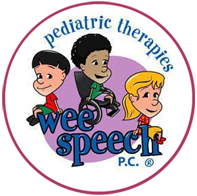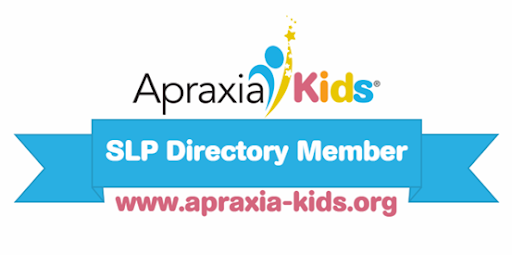
The Role of Graphic Novels in Literacy: Creating a Pathway from Reluctance to Appreciation
Literacy skills in America’s children and adults continue to remain low across the United States, especially compared to other comparable developed countries. Children with Language disorders are especially vulnerable to struggles in reading and writing acquisition as the role of language development is integral to reading success. Struggle can lead to reluctance and feeling overwhelmed. Recently, graphic novels have demonstrated efficacy in breaking down these motivational barriers while supporting and effectively developing reading and overall language comprehension skills in literature format. Both school and public libraries are building up their inventories for beginning and even older readers alike. As the market continues to demonstrate both their acceptance by even reluctant readers, as well as research-supported evidence that they











